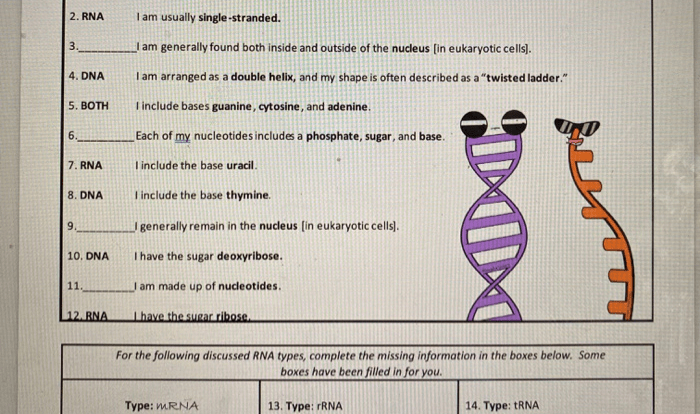Comparing cellular respiration and photosynthesis worksheet – Delving into the fascinating world of cellular respiration and photosynthesis, this worksheet provides an immersive exploration of these fundamental biological processes. By comparing their intricate mechanisms, students gain a deeper understanding of the energy cycle that sustains life on Earth.
Through engaging tables, thought-provoking questions, and real-world applications, this worksheet unravels the similarities and differences between these two vital processes, shedding light on their crucial roles in energy production, consumption, and environmental balance.
Introduction
Cellular respiration and photosynthesis are fundamental processes in living organisms, responsible for energy production and consumption. Comparing these two processes provides a comprehensive understanding of the energy cycle in nature.
Similarities between Cellular Respiration and Photosynthesis: Comparing Cellular Respiration And Photosynthesis Worksheet

| Cellular Respiration | Photosynthesis | |
|---|---|---|
| Reactants | Glucose, oxygen | Carbon dioxide, water |
| Products | Carbon dioxide, water, ATP | Glucose, oxygen |
| Overall Equation | C6H12O6 + 6O2 → 6CO2 + 6H2O + ATP | 6CO2 + 6H2O + light energy → C6H12O6 + 6O2 |
| Organelles | Mitochondria | Chloroplasts |
Both processes involve the breakdown and synthesis of organic compounds, utilizing specific organelles to carry out their reactions. While cellular respiration occurs in the mitochondria, photosynthesis takes place in the chloroplasts.
Differences between Cellular Respiration and Photosynthesis
| Cellular Respiration | Photosynthesis | |
|---|---|---|
| Energy Requirement | Releases energy | Requires energy (light) |
| Oxygen Dependence | Aerobic (requires oxygen) | Anaerobic (does not require oxygen) |
| ATP Production | Produces ATP | Produces ATP and NADPH |
The primary difference between cellular respiration and photosynthesis lies in their energy requirements and oxygen dependence. Cellular respiration releases energy by breaking down glucose, while photosynthesis requires light energy to synthesize glucose. Furthermore, cellular respiration is an aerobic process that requires oxygen, whereas photosynthesis is an anaerobic process that does not require oxygen.
Environmental Implications

Photosynthesis is crucial for maintaining the Earth’s atmosphere by absorbing carbon dioxide and releasing oxygen. This process helps regulate the levels of greenhouse gases and supports the survival of aerobic organisms. On the other hand, cellular respiration releases carbon dioxide as a byproduct, which can contribute to the greenhouse effect.
Applications in Biotechnology
Understanding cellular respiration and photosynthesis has led to advancements in biotechnology. These processes are utilized in biofuel production, where plant biomass is converted into renewable energy sources. Additionally, genetic engineering techniques based on photosynthesis have been developed to improve crop yield and enhance plant resistance to environmental stresses.
Quick FAQs
What is the primary difference between cellular respiration and photosynthesis?
Cellular respiration consumes energy, utilizing oxygen to break down glucose and produce ATP, while photosynthesis harnesses sunlight to convert carbon dioxide and water into glucose and release oxygen.
How do cellular respiration and photosynthesis contribute to the balance of gases in the atmosphere?
Photosynthesis releases oxygen into the atmosphere, while cellular respiration consumes oxygen and releases carbon dioxide, maintaining a delicate equilibrium of these gases.
What are some practical applications of understanding cellular respiration and photosynthesis in biotechnology?
These processes have applications in biofuel production, genetic engineering, and medical treatments, such as developing therapies for metabolic disorders.

